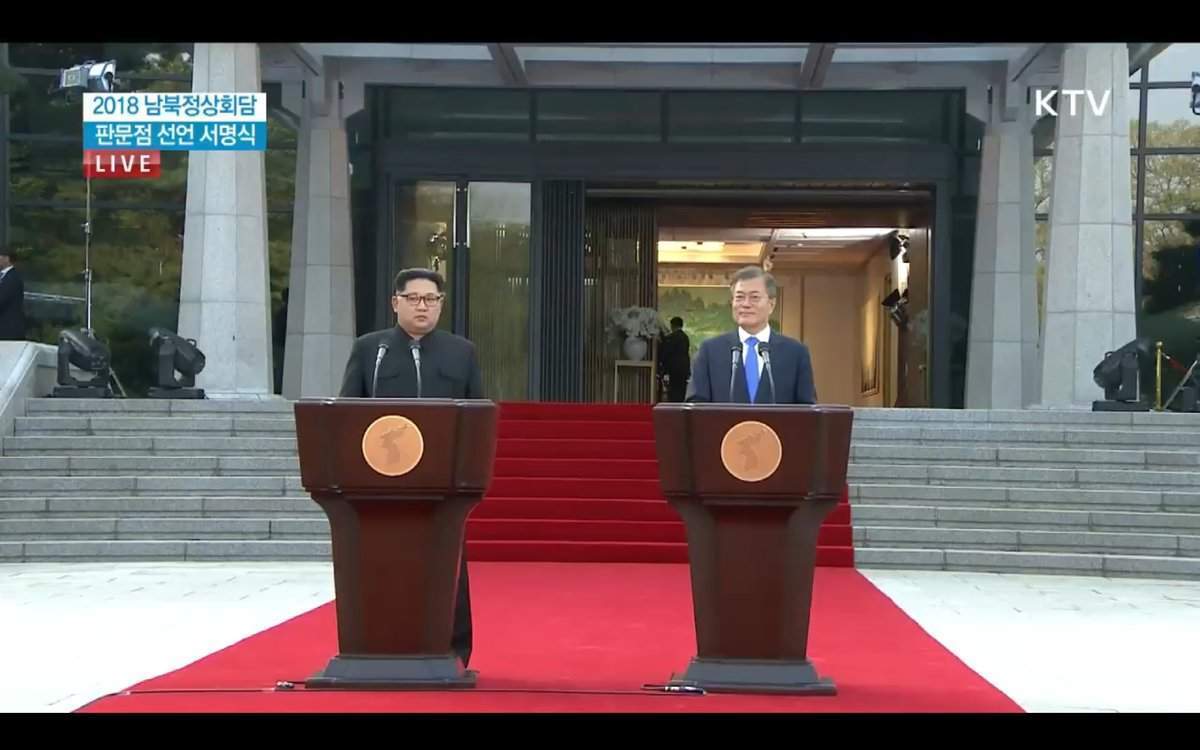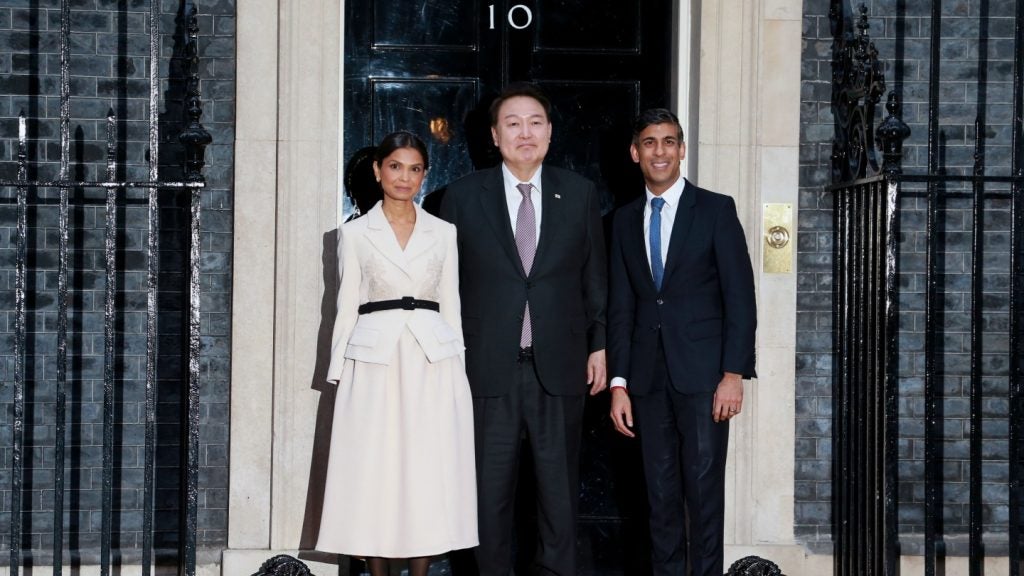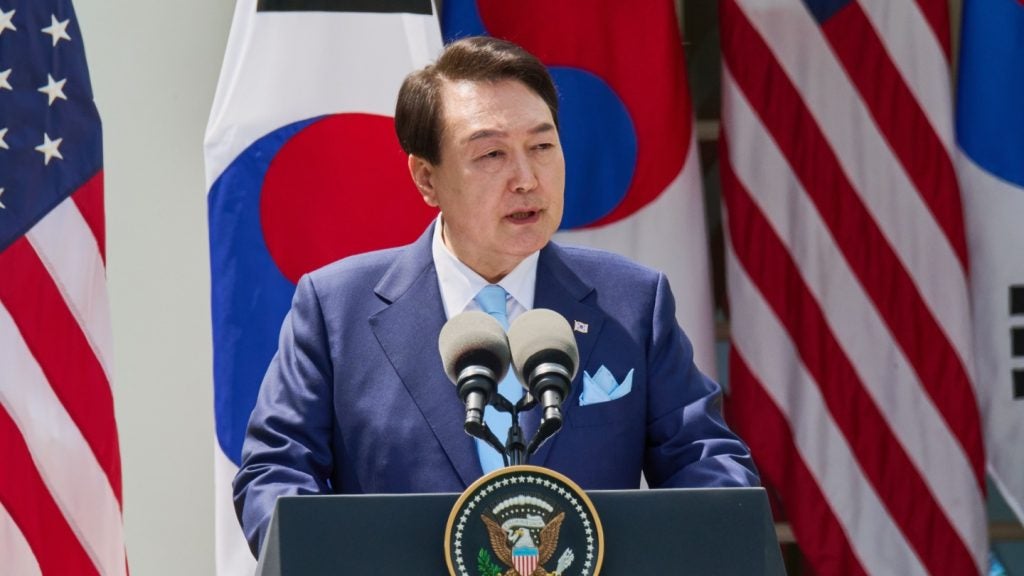
North and South Korea took the first tentative steps towards peace today during a summit with global implications.
Following a historic summit in the border village of Panmunjom, the two sides released a three page joint declaration. The pair signed an agreement on a range of measures aimed at reducing tensions and perhaps one day reuniting the Korean Peninsula.
This is what it promised.
1) End of hostilities
Starting from 1 May, North Korea and South Korea agreed to stop all acts of aggression on “land, sea and air” that can cause military tension and clashes.
As part of the deal, they will cease all propaganda broadcasts by dismantling loudspeakers blaring at each other from the border.
The two countries also vowed to stop air drops of propaganda leaflets in each others territories.
How well do you really know your competitors?
Access the most comprehensive Company Profiles on the market, powered by GlobalData. Save hours of research. Gain competitive edge.

Thank you!
Your download email will arrive shortly
Not ready to buy yet? Download a free sample
We are confident about the unique quality of our Company Profiles. However, we want you to make the most beneficial decision for your business, so we offer a free sample that you can download by submitting the below form
By GlobalDataTheir western maritime border was designated a peace zone guaranteeing safe passage for fisherman and reducing the possibility of clashes.
The statement said:
South and North Korea will make joint efforts to alleviate the acute military tension and practically eliminate the danger of war on the North Korean peninsula.
The two also agreed to scale back armaments in phases and rid the Korean Peninsula of nuclear weapons though they didn’t provide any concrete measures to denuclearise.
2. Reunite families
Under the new agreement, families separated by the 1950-1953 Korean War will be allowed to reunite for temporary meetings.
The reunions are expected to take place around 15 August on the anniversary of Korean independence from Japanese colonial rule after the end of World War II.
3. Military talks in May
The Koreas plan to hold high-level military talks next month to further discuss reducing tensions.
They said:
The two sides agreed to hold frequent military meetings between military authorities including the defence ministers meeting.
These will convene at the so-called rank of general in May.
4. Communications office
The two sides said they will open a permanent communication office in the North Korean town of Kaesong.
The new liaison office aims to “facilitate close consultation between the two authorities as well as smooth exchanges and cooperation between the peoples”.
The leaders also promised to exchange regular phone calls via a recently established hotline.
5. Cultural exchanges
The two Koreas agreed to expand civilian exchanges and pursue joint sports and cultural events to constantly renew the sense of national reconciliation.
6. Resurrect past economic pacts
The two governments will revisit past projects agreed as part of the 2007 October 4 Declaration, “to promote balanced economic growth and co-prosperity,” the document said.
They will start with connecting and rejuvenating transportation links, such as roads and railways on the their eastern front, as well as in Seoul and in the North Korean city of Sinuiju on the border with China.
7. Future summits
As part of the agreement, the two countries will hold trilateral meetings with the US this year.
They also said quartet meetings with the Koreas, China and the US were also possible to help seal the peace deal.







